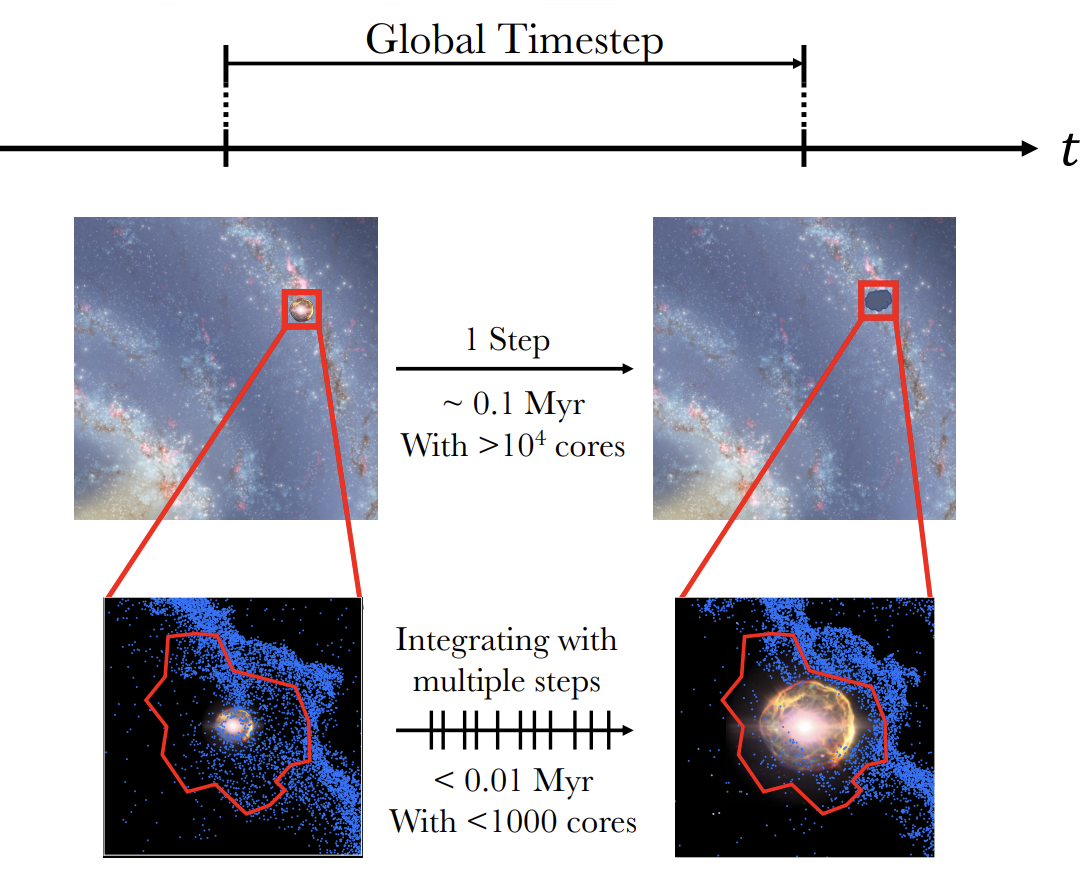
A new way to simulate supernovae may help shed light on our cosmic origins. Supernovae, exploding stars, play a critical role in the formation and evolution of galaxies...
Read More

A new way to simulate supernovae may help shed light on our cosmic origins. Supernovae, exploding stars, play a critical role in the formation and evolution of galaxies...
Read More
A team including researchers from the Institute for Astrophysics of the University of Cologne has for the first time directly observed the columns of matter that build up newborn stars. This was observed in the young star TW Hydrae system located approximately 163 light years from Earth. This result was obtained with the Very Large Telescope Interferometer (VLTI) and its GRAVITY instrument of the European Southern Observatory (ESO) in Chile...
Read More
Eight small-sized satellites total a big bonus for science. The Edison Demonstration of Smallsat Networks (EDSN) mission uses a swarm of small spacecraft to carry out scientific measurements. Credits: NASA
A cluster of small and low-cost nanosatellites is ready for liftoff from Hawaii – an inventive effort called the Edison Demonstration of Smallsat Networks (EDSN) mission for scientific, commercial, and academic research tasks in space.
The flock of 8 tissue box-sized satellites is set to ride into Earth orbit as secondary payloads on the U.S. Department of Defense Operationally Responsive Space-4 mission.

Two of the assembled Edison Demonstration of Smallsat Networks (EDSN) mission satellites...
Recent Comments